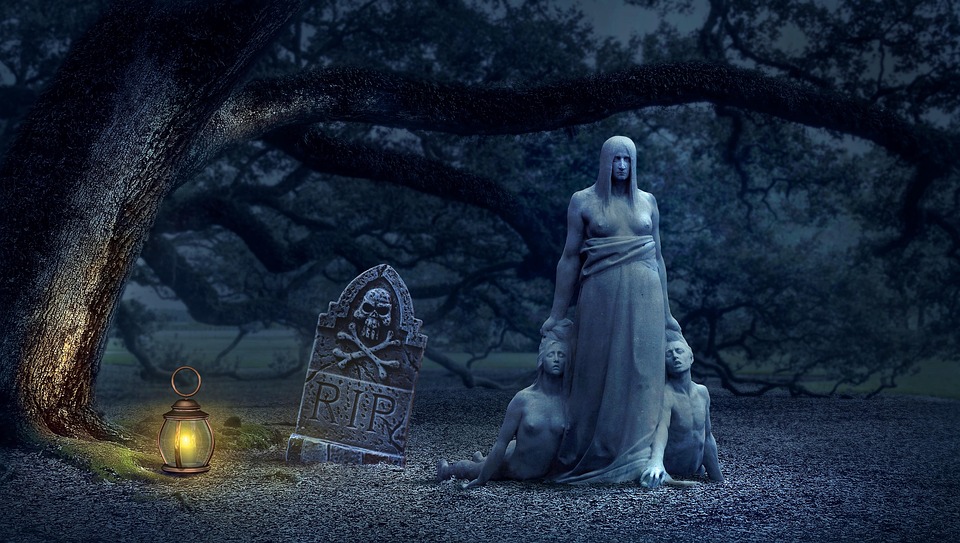Horror games have an uncanny ability to evoke intense emotions that range from fleeting moments of shock to deep-seated dread that lingers long after the gaming session has ended. At the heart of this genre lies not just a set of mechanics or narratives, but an art form that skillfully combines various elements to engage players in unique and terrifying ways. Let’s explore the essential components of horror game design, focusing on how designers craft experiences that move from jarring jump scares to profound psychological thrills.
The Foundation: Atmosphere
One of the primary pillars of horror game design is atmosphere. The setting, lighting, sound design, and even the narrative contribute to an immersive environment that engages players’ senses and emotions.
1. Environmental Design
Games like Silent Hill and Resident Evil have masterfully utilized oppressive environments, often characterized by haunting visuals and claustrophobic spaces. Designers often deliberately choose gloomy color palettes and decaying architecture to evoke feelings of unease.
2. Soundscapes
Sound plays a critical role in horror gaming. Subtle shifts in ambient sounds can signal the approach of danger or unexpected events. For instance, the eerie silence followed by a sudden sharp note can induce panic, while distorted soundscapes draw players deeper into a sense of dread.
Jump Scares: The Immediate Shock
Jump scares have become synonymous with horror gaming, providing an easy and immediate way to evoke fear. However, their effectiveness relies on careful timing and context.
Building Tension
Jump scares are most effective when preceded by a buildup of tension — often achieved through pacing, atmospheric immersion, and player anticipation. The key lies in knowing when to surprise and when to let the suspense linger. Games like Outlast utilize a combination of stealth mechanics and eerie environments to create tension, only to release it with a sudden scare.
The Fine Line
While jump scares can be thrilling, overuse can lead to fatigue. Designers must strike a delicate balance, ensuring that each scare feels fresh and impactful rather than predictable.
Psychological Horror: The Slow Burn
Psychological horror delves deeper into the human psyche, often exploring themes of madness, isolation, and existential dread. This approach relies less on immediate scare tactics and more on unsettling narratives and ambiguous threats.
Creating Emotional Depth
Games like Soma or Amnesia: The Dark Descent engage players on a psychological level by challenging their perceptions of reality. Through rich storytelling, players are often confronted with moral dilemmas or haunting choices that linger and provoke introspection long after the game is over.
Ambiguity and Uncertainty
By leaving elements of the narrative open to interpretation, designers can evoke feelings of unease that stem from uncertainty. This ambiguity taps into existential fears, prompting players to question their own beliefs and consequences.
The Role of Interactivity
One of the unique aspects of horror games is the interactive nature of the medium. Unlike other forms of horror, video games allow players to experience fear in a personal way.
Player Agency vs. Vulnerability
Effective horror design often plays with the concept of player agency. While players often strive for control through gameplay mechanics, designers can easily strip them of that control in moments of heightened tension. This juxtaposition creates a compelling sense of vulnerability that amplifies fear.
Dynamic Storytelling
Many horror games employ branching narratives that change based on player choices. This level of interactivity deepens the investment in the story and allows players to face consequences unique to their decisions. This approach adds layers to the gaming experience, making psychological horrors more resonant.
Conclusion: Crafting an Unforgettable Experience
The art of horror game design is an intricate tapestry woven from atmosphere, sound, narrative, and interactivity. From the jarring shock of jump scares to the lingering unease of psychological horror, the genre is vast and varied. Designers must engage players’ senses, emotions, and intellect in a way that resonates deeply, crafting experiences that haunt them long after the screen fades to black.
As technology advances, the landscape of horror gaming continues to evolve, pushing boundaries and challenging the very definition of fear. Whether through sophisticated graphics or innovative gameplay mechanics, the art of horror game design remains a powerful tool for exploration of the human condition’s darkest corners, inviting players to face their fears head-on.



